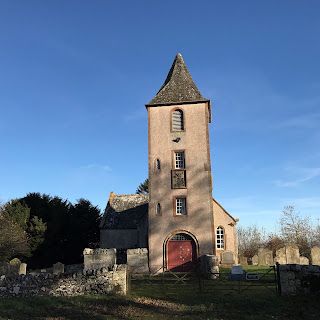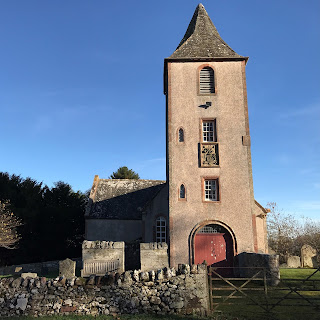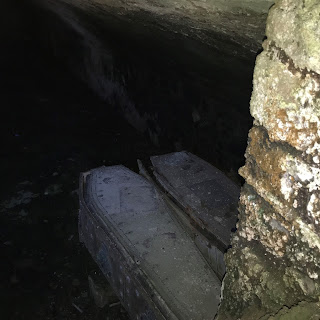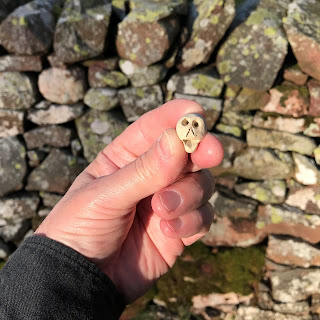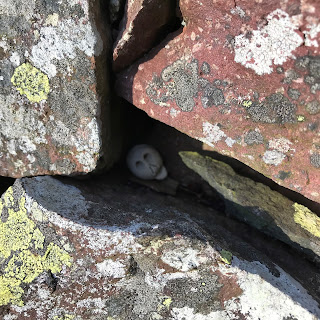In a valley by the River Tyne (not to be confused with the River Tyne that flows through Newcastle) sits the rather pretty ruin of Hailes Castle. On a cold winters day with a north wind cutting through my clothes like a knife of ice I went for a little walk around the castle and along the river. From the road the castle looks rather unimposing, but as you walk through the ruins and down to the river the building becomes much more impressive. The best views being from by or across the river.
The castle dates from the early 1200s and
was built by the de Gourlay family. The
de Gourlay’s were a Northumbrian family who supported the Balliols during the
Wars of Independence. The Balliols lost
the battle for the Scottish Crown and the de Gourlay’s land was confiscated and
handed to Sir Adam de Hepburn. He then
extended the castle buildings.
Mary Queen of Scots stayed at the
castle along with James Hepburn, the Fourth Earl of Bothwell. They stopped here on their way from Dunbar to
their wedding at Holyrood Palace in Edinburgh on 15 May 1567. Their marriage was deeply unpopular, as
Hepburn had been implicated in the murder a few months earlier of Mary’s
husband Lord Darnley. Shortly after Mary
and Hepburn’s marriage, Mary was forced to abdicate the throne to her infant
son. Hepburn then fled the country and
lived in exile in Denmark. There he died
in 1578, while imprisoned. In 1858 his
body was exhumed from the vault it had been buried in and was found to have
become mummified. In the 1970s it was supposedly
an exhibit in the Edinburgh Wax Museum on the Royal Mile.
In 1650 Cromwell’s troops occupied the
castle and severely damaged it. By the mid-1900s
Hailes Castle was being used as a granary and in 1926 it was taken into state
care.
The Skulferatu that accompanied me on
this trip was placed in the dovecot in the tower house.
The coordinates
for the location of the Skulferatu are: Latitude 55.973236 Longitude -2.683593.



